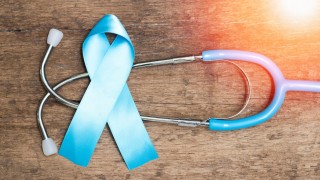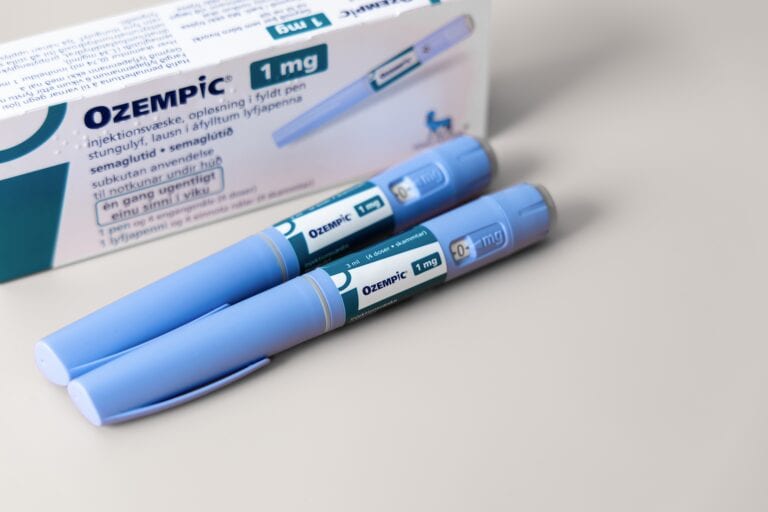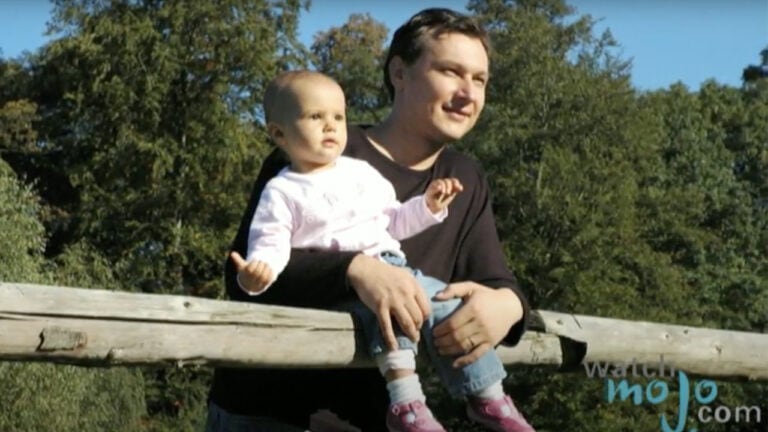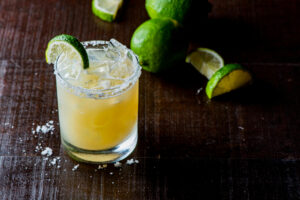Think about it. It’s a conundrum. If something that was predicted to happen doesn’t happen because we take precautions, then how can we really prove that it would have happened? It’s like alternate timeline stuff. How do we know if we altered the future?
I mean, how are we really sure, for instance, that bombing Hiroshima and Nagasaki prevented horrific American casualties if Japan had been invaded? Maybe they would have just folded and that would have been it. No, we know it because we relied on precedent. We knew from experience in other campaigns during World War 2 that the Japanese would fight to the last man, woman and child if confronted with a conventional war scenario. We learned from the past.
How about the Bubonic Plague? Being a physician, this historical event scares the nuggets out of me. This was a pandemic in the 1300s that wiped out 30% of the European and Asian population in 5 years. It wasn’t divine retribution, extraterrestrial attempts at population control, or even stupidity. It was lack of knowledge and information about what was killing people. Science was essentially non-existent, so all they knew was that coming into close contact with an infected person could kill you within hours or days. We know now that it spread through cough droplets, touching infected skin or contaminated clothing, or being bit by carrier fleas and infected rats, which would lead to infection and almost certain death. And they tried treatments that were touted at the time:
- Rubbing onions, herbs or a chopped up snake (if available) on the boils or cutting up a pigeon and rubbing it over an infected body.
- Drinking vinegar, eating crushed minerals, arsenic, mercury or even ten-year-old treacle!
- Sitting close to a fire or in a sewer to drive out the fever, or fumigating the house with herbs to purify the air.
- People who believed God was punishing you for your sin, ‘flagellants’, went on processions whipping themselves.
(Courtesy BBC Bitesize)
What’s treacle? It’s a syrup made during the refinement of sugar, like molasses. But some of those remedies sound eerily familiar today. Practitioners treating the afflicted wore full face cover masks that are reminiscent of the old Spy vs. Spy from MAD magazine!
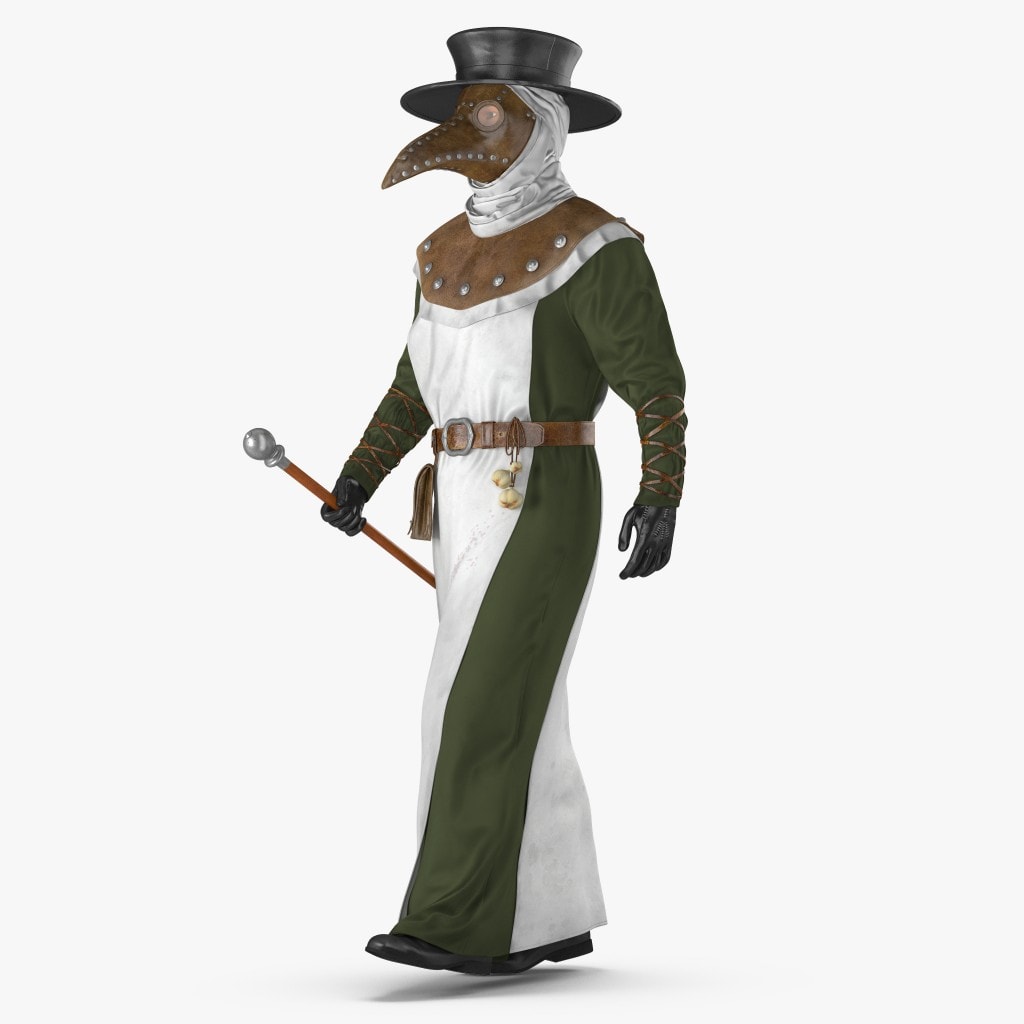
So what caused the Plague? A little bacterium called Yersinia Pestis, an ancient bug that is still around today and causes occasional outbreaks. There was a small outbreak in the mountains around Palm Springs years ago when squirrels were found to be carriers. Back in the 1300s, not only was death pretty much a given, it was a miserable, painful death preceded by draining and bleeding pustules called “buboes” all over the body.
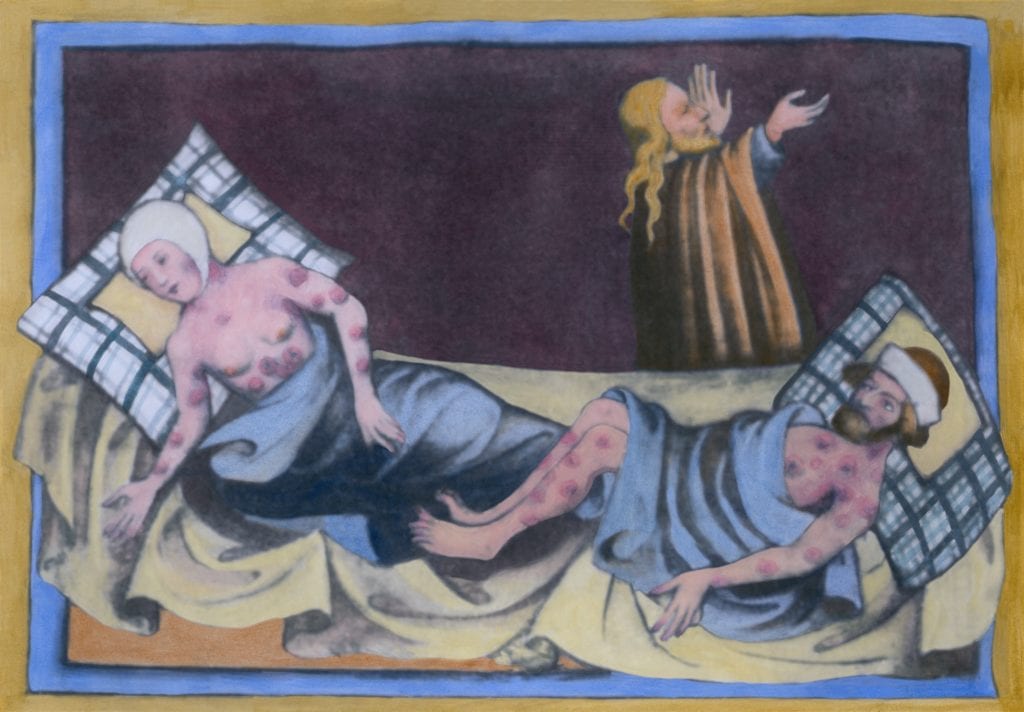
A small percentage of those infected survived and became immune. Today, we treat the plague with Streptomycin or other antibiotics that are readily available, and if treatment is started early enough, survival is well over 90%. So in this case, history and the pandemic would have been changed if Streptomycin had been available, and “Buboes begone!” would have been the slogan of the era.
Another example might be the Spanish Flu Pandemic in the early 1900s. This was an H1N1 virus that adversely affected the younger population and killed quickly. While viruses were not understood at that time, scientists did understand that the disease was transmitted via droplets from coughs and sneezes. At first, thousands died. But through social distancing, called “crowding control” back then, and orders to wear masks and keep businesses closed, the pandemic waned. It returned in the fall with a vengeance, partially due to relaxation of preventive measures, and it went on to kill 50 million people worldwide, including 675,000 in the US. We can forgive them, because they didn’t know about viruses, didn’t really have a precedent to rely on, and were gearing up for World War 1.
But that brings us to today. We in the 21st century should have everything we need to keep a lid on COVID-19. We know what it is, how it’s transmitted, how it infects, and how historically pandemics play out. We know that wearing masks and social distancing works for respiratory viruses. We also know that a vaccine will ultimately defeat the virus. Almost all scientists in the field agree on those general principles. But what about “Herd immunity?” You hear that a lot. Here is how Lexicon defines it:
“The resistance to the spread of a contagious disease within a population that results if a sufficiently high proportion of individuals are immune to the disease, especially through vaccination.”
For measles, for example, it takes almost 95% of the herd to be immune for Herd Immunity to stop the spread of the virus.
There are basically 2 ways to get Herd Immunity: Infection and vaccination. If we let infections occur willy-nilly, we eventually will get there, but assuming even a 70% immunity threshold, and almost 328 million herd members in America, that means that 260 million or so Americans have to get infected. And right now in the US, the mortality rate (you’re dead) is hovering around 5%. So that means as many as 13 million Americans could die. Or, if you get even more conservative and use 1% mortality, that is still 2.6 million deaths. Again, this is with no precautions. And even with the limited infections that we’re experiencing now, our healthcare system is at the brink of collapse. Is this okay? Are we willing to accept this level of casualty and chaos?
We know vaccination works, and in the long run it will probably be a combination of infection survivors and the vaccines that will ultimately give us that Herd Immunity. But vaccines take time, sometimes a lot of time. Careful testing is essential so these new vaccines don’t contribute to more deaths.
So because of history, we know that masks and social distancing work. We know that with proper rules we can open the economy, providing we have herd compliance! I think everyone can agree on that: all of this only works if everybody is on the same page. We know that we can and have bent the curve. But a bending curve doesn’t mean it’s over. We should no more “go back to normal” now than we should climb out of a car because we have just applied the brakes: it’s still moving! It’s not safe!
So how do we PROVE that had we not instituted these safety precautions—masks, distancing, stay in place—that there would have been thousands more deaths from COVID-19 than we currently have? How do we prove that the early models that warned of a much higher mortality and infection rate are valid, since they are now being ridiculed by some segments of our society? We can’t. We can’t prove that what didn’t happen would have happened. But we know that with Streptomycin, had it been available, about 90% fewer people would have died from the plague. We know that the second wave of the Spanish Flu pandemic would have been much smaller had precautions not been abandoned.
So do we learn from history, biology—SCIENCE!—or do we go with a hunch, or wish upon a star that this shitshow goes away? Time will tell.



